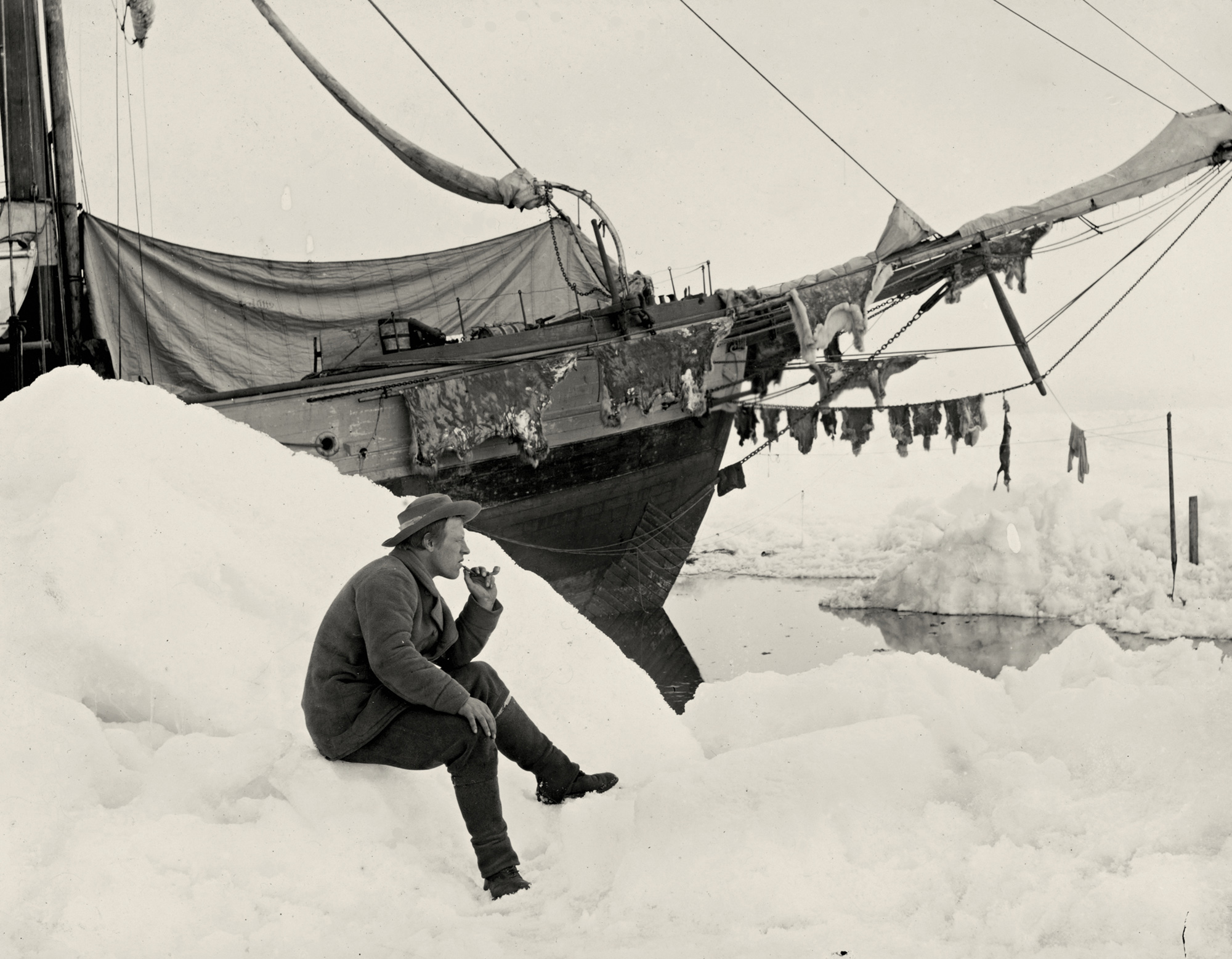Pease Porridge, Cold
What to eat at the North Pole
Polly Dickson

Even more vital than the choice of sledges, more vital than anything else, I knew, in such a trip as I proposed, is the care of the stomach. … The gastronomic need differs with every man. It differs with every expedition, and it is radically different with every nation. … Nor is it safe to listen to scientific advice, for the stomach is arbitrary, and stands as autocrat over every human sense and passion and will not easily yield to dictates.[1]
— Frederick Cook, My Attainment of the Pole (1912)
At a lecture to the Norwegian Geographical Society in 1890, explorer and scientist Fridtjof Nansen put forward his plans for an unconventional Arctic venture. “I believe,” he announced, “that if we study the forces of nature itself which are here ready to hand, and try to work with them instead of against them, we shall find the surest and easiest way of reaching the Pole. It is useless to work against the current, as previous expeditions have done; we must see if there is not a current that will work with us.”[2]
Despite the derision it met at the society and elsewhere, Nansen’s hunch about the current was correct, and his expedition of 1893–1896 marked a break in the history of polar exploration. For the first time, a voyage to the Arctic was one made in relative comfort. Nansen and his twelve-man crew, holed up in their ship the Fram (Norwegian for “forward”) against the unyielding elements that had beaten down so many before them, tracked up east of the North Pole, just off the coast of Siberia. They then allowed the ship to freeze into the pack ice and to be carried westward toward the pole by the Arctic drift. In the spring of 1895—at a latitude of 84°4´ north and frustrated by the zigzagging motion of the current that had put them behind his projected schedule—Nansen began doggedly sledding across the ice with one companion, Hjalmar Johansen, aiming for the pole. Although they never reached it, struggling across unanticipatedly uneven terrain with failing equipment, they nonetheless attained a latitude of 86°14´ north, almost three degrees further north than anyone had come before. This was the biggest single advance made in nearly four hundred years.[3] If the expedition was not strictly a success, Nansen had still come the closest of anybody to either pole of the earth. And, over the course of his trip, Nansen changed polar exploration in one further, vital way, through his role as a pioneering practical nutritionist. His observations on polar rationing were to set a new standard for Amundsen, Peary, Cook, and others for the next two decades.